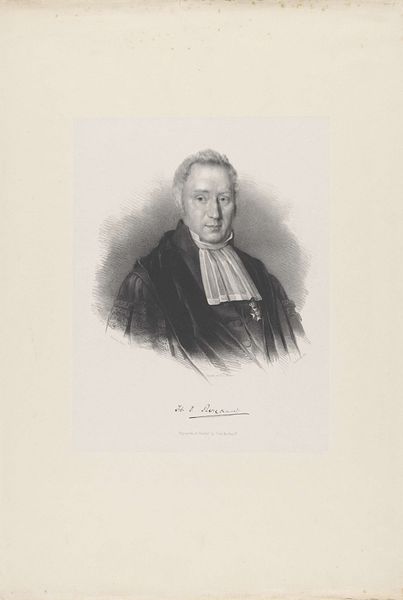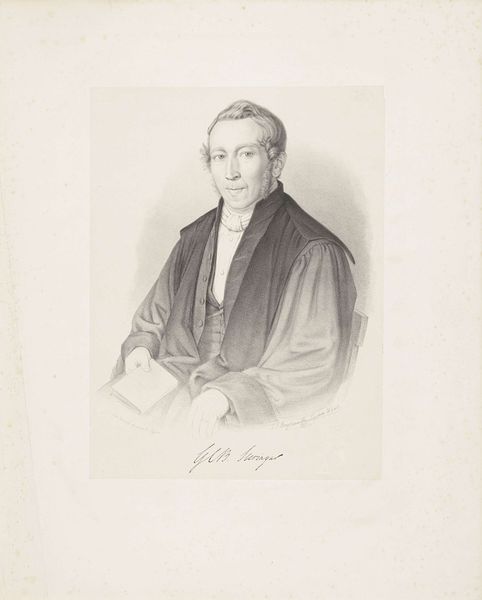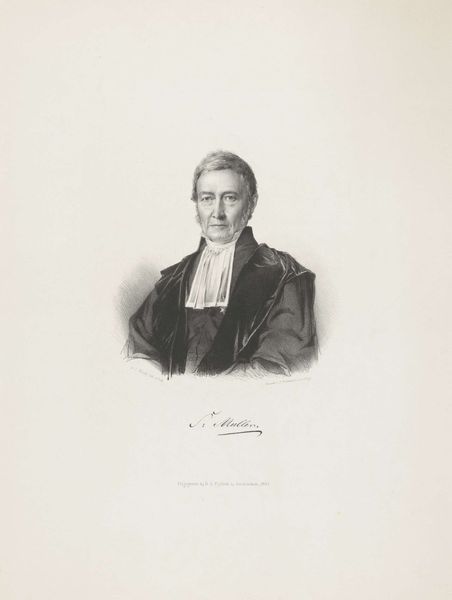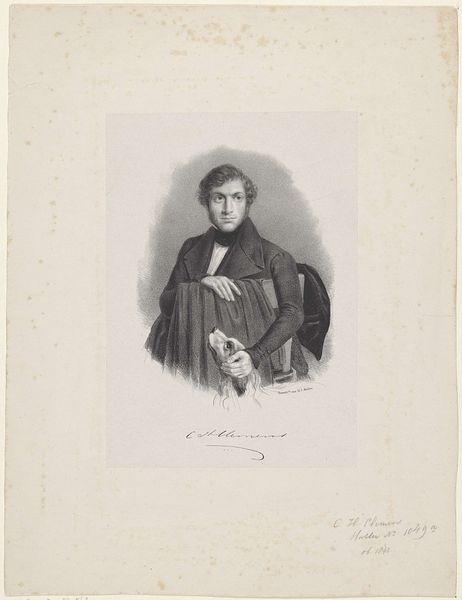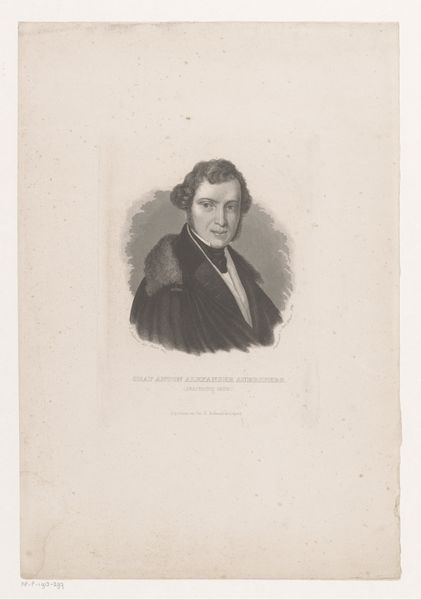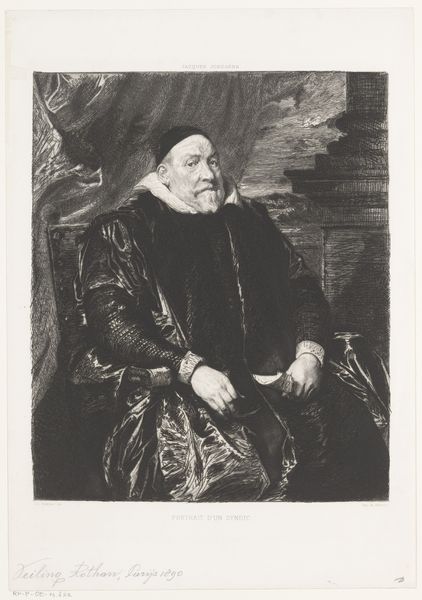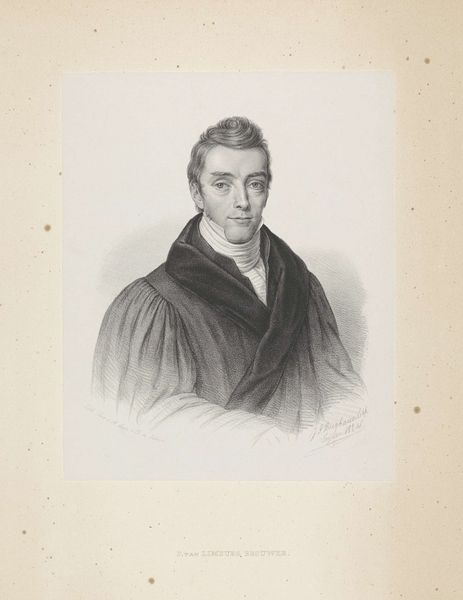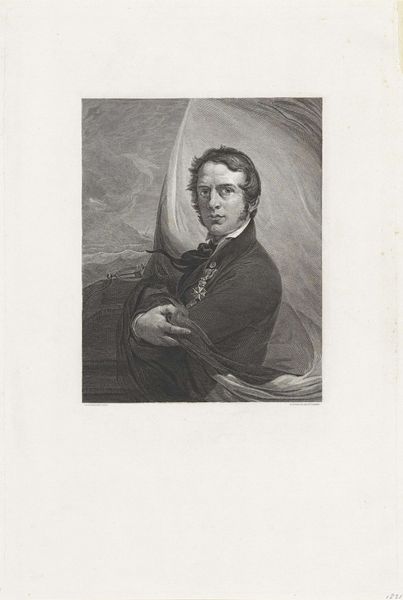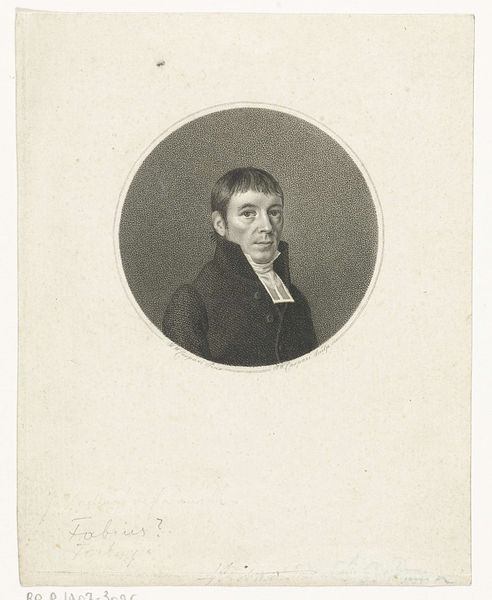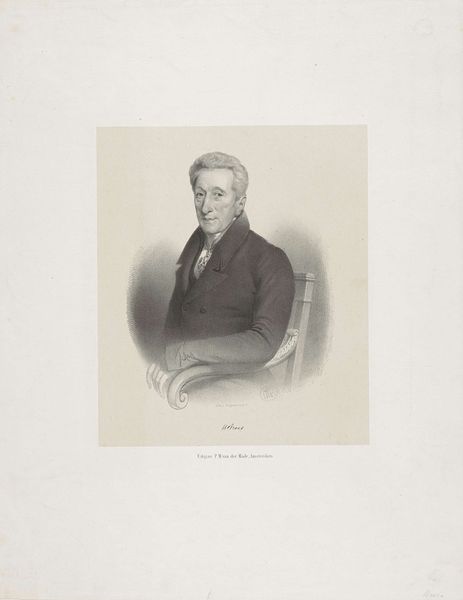
oil-paint, impasto
#
portrait
#
oil-paint
#
figuration
#
impasto
#
intimism
#
history-painting
#
academic-art
#
black background
#
female-portraits
#
portrait character photography
#
realism
Dimensions: 147.3 x 96.5 cm
Copyright: Public domain
Editor: Here we have John Singer Sargent’s portrait of M. Carey Thomas, painted in 1899. It’s an oil painting, and what strikes me most is how stark the contrast is – she’s almost emerging from the darkness. What can you tell me about this work? Curator: Sargent captures more than just a likeness; he’s presenting a powerful figure. Thomas was a pioneering educator and suffragist. Consider the historical context: a woman in a position of authority, leading Bryn Mawr College. How might her gender and role have influenced Sargent’s artistic choices? Editor: I see your point. The darkness almost feels like it’s pushing against her, but she's unwavering. Her gaze is direct, almost challenging. It's interesting to consider this piece in the context of the prevailing attitudes towards women in leadership at the time. Curator: Precisely! And it's crucial to examine the dynamics of portraiture itself. Who gets portrayed, and how? Sargent, a celebrated artist, was tasked with capturing Thomas’ essence. What narratives might he have been consciously or unconsciously reinforcing, or perhaps subverting? Her clothing, nearly black, hides her body from view, and so only the head is visible. What do you think about that? Editor: I hadn't really thought about the power dynamics involved. The clothing feels like an erasure of femininity in favour of presenting authority, but there's still a real presence that breaks through. So much meaning is concentrated into the single visible part of her – the face! It gives us a lens to question whose stories get told, and how they’re framed. Curator: Absolutely. Looking at art through an intersectional lens opens up rich discussions. I find this a remarkable piece because it challenges us to interrogate historical narratives. Editor: I agree. Considering this portrait in the context of social and historical expectations helps me see it in a new and thought-provoking way.
Comments
No comments
Be the first to comment and join the conversation on the ultimate creative platform.
